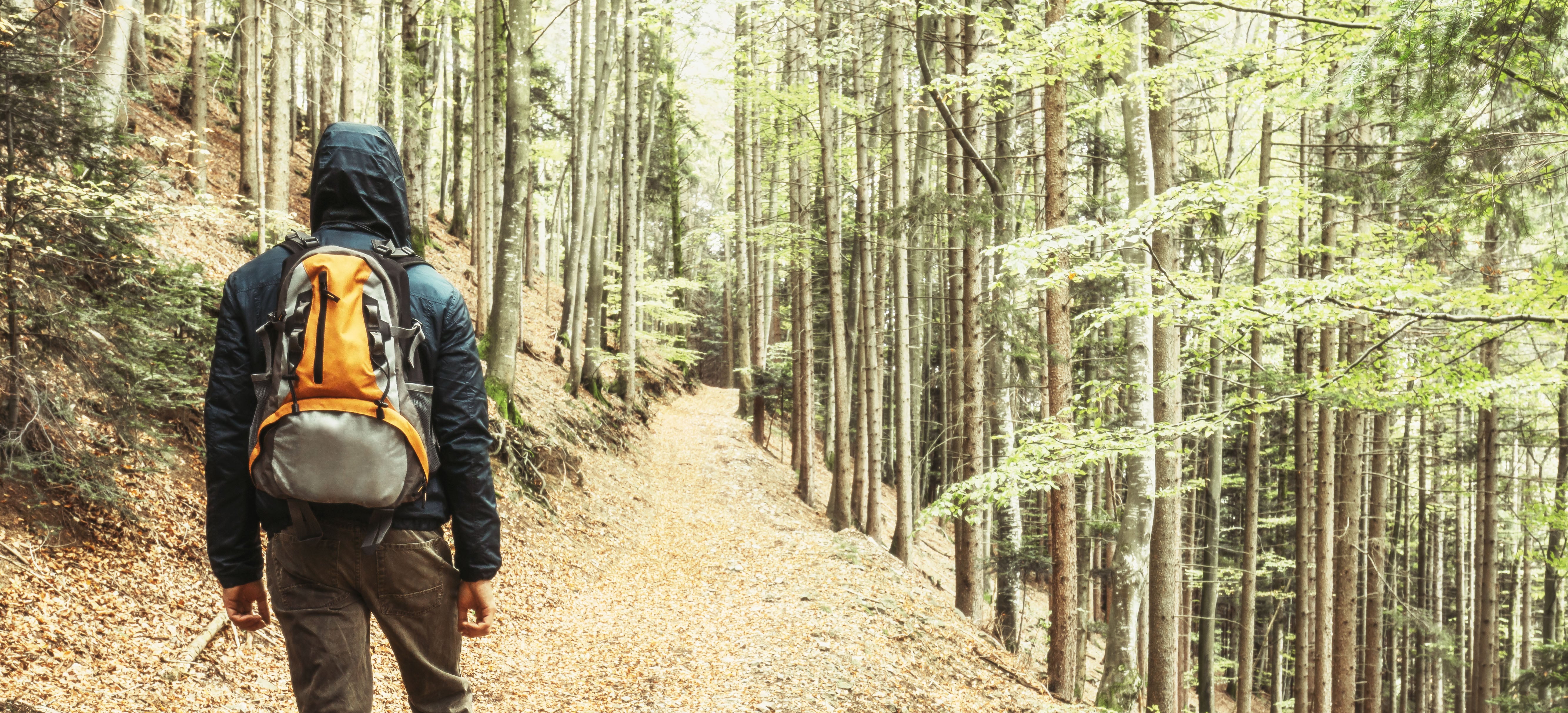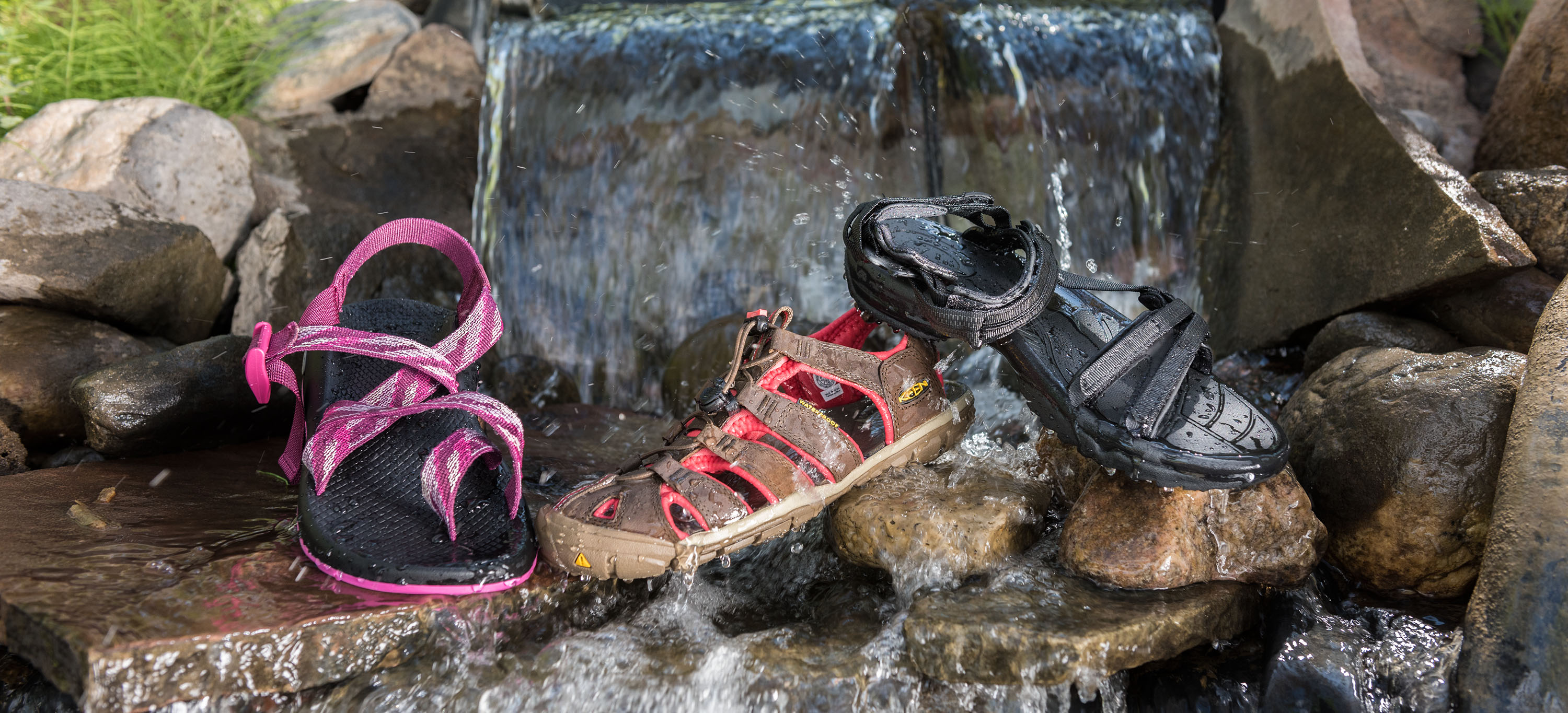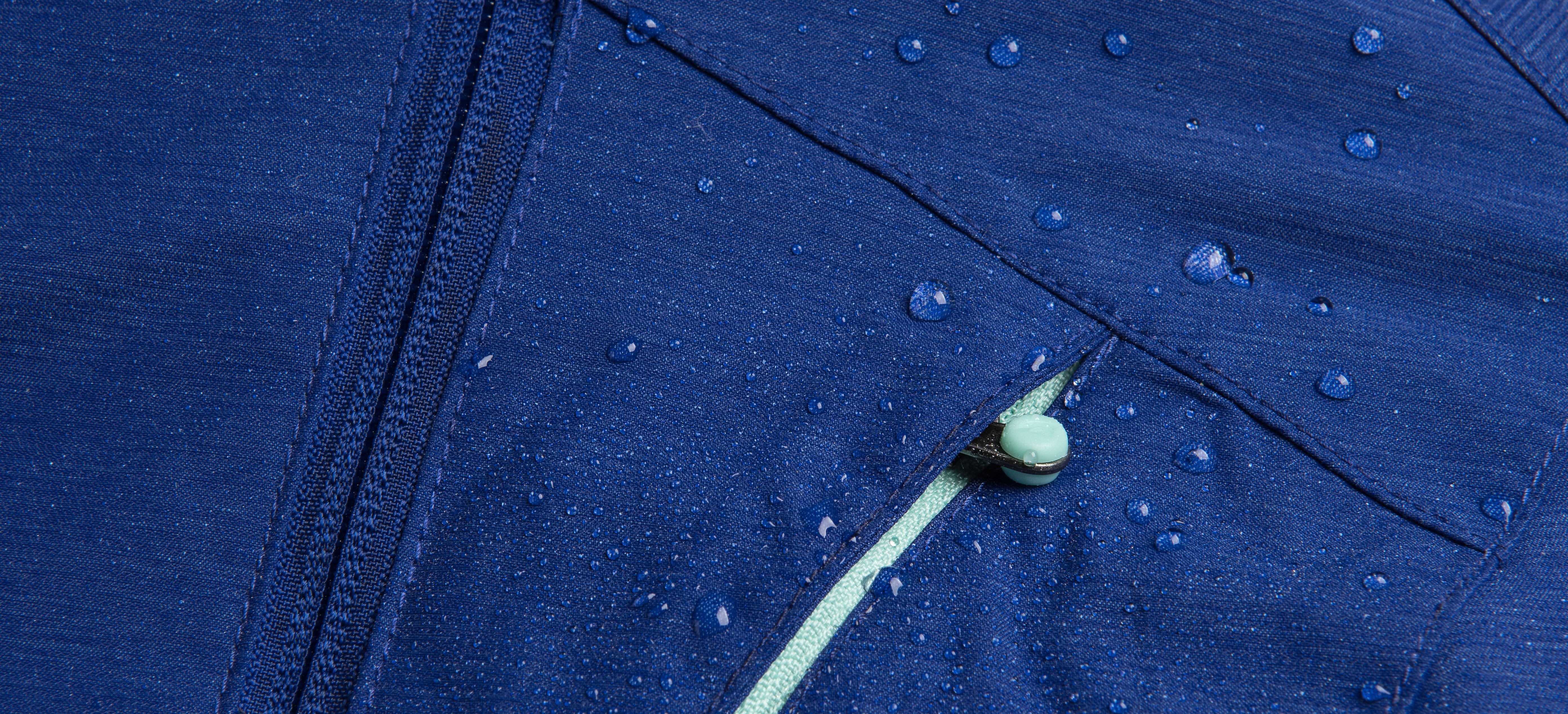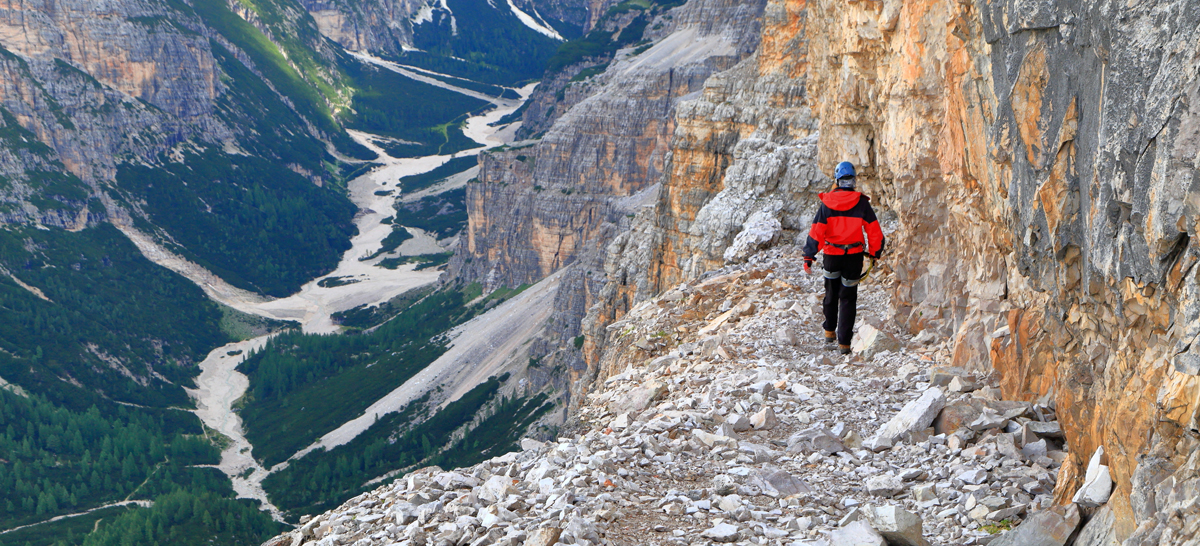In the spring and summer we can survive if our feet get wet because they will dry out, but in the winter things tend to freeze or stay wet, which can lead to serious foot problems. Consider this gear to help keep your feet dry and warm next time you prepare for a winter weather trip.
Waterproof or Water Resistant Footwear
If you are going to be hiking in snow, you don't want to wear shoes or boots that can easily allow water and moisture in. Look for footwear marked "waterproof" or "water resistant." Brands that use Gore-tex, Dry Q, or eVent are held to very high standards that you can trust. Many other brands are now using their own in-house water-proofing and water-resistant systems, so look for user reviews and talk with friends or family who might have used the products before making a purchase. If you need extra help finding what you need, take a look at Sierra Trading Post's winter boot buying guide.
Warm or Layered Socks
In the winter you typically want to wear warmer, thicker socks than you normally would wear in the summer. Alternatively, doubling up your socks can be a great way to keep your feet dry. My solution is either two thin socks or a thick sock with a liner. Having two layers can help your feet sweat and then wick away the moisture. This will aid in keeping your feet blister-free and warm.
Beware: If you use a thick sock or double up your socks, your footwear of choice might feel a little snug. If your feet feel too cramped, take off a layer of socks to prevent decreased foot circulation.
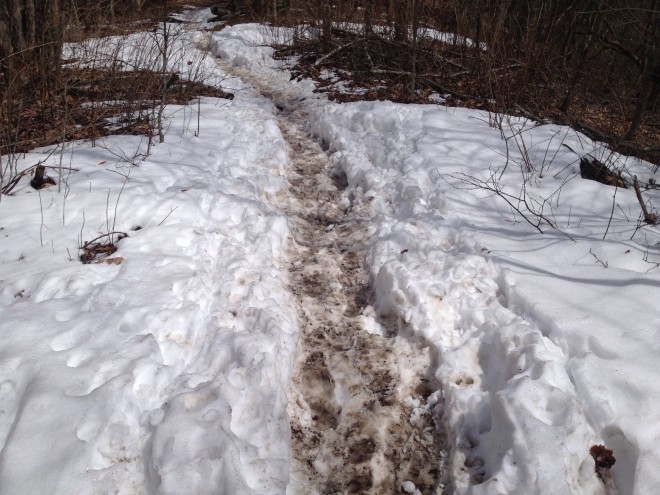
Insulated Boots
Unlike a standard hiking boot, winter boots have an extra layer of insulation built into them. Insulated boots are designed specifically to keep your feet dry and warm during the winter months. Mountaineering boots have a more grippy sole that clings to the rocks and slippery surfaces better than summer hiking boots. These boots tend to be stiffer than your average boot to provide more stability for your ankles and to protect your feet from rocks.
Waterproof Pants and Layering
Summer hiking pants tend to soak up moisture from snow, sleet and ice, so it's best to cover them up with a waterproof outer pant combined with insulating layers. You can also substitute traditional hiking pants with breathable but waterproof pants designed for snowboarding or skiing.
Gaiters
Waterproof or water resistant gaiters help keep your feet dry by stopping snow and water from getting into your boots and soaking your socks. This is especially important when walking through deep snow. Gaiters work well if you don't want to wear snow pants but need an extra layer to keep your feet and lower legs dry.
The more of these tips and tricks that you can apply to your winter activities, the drier and happier your feet will be. Getting outside and enjoying nature during the winter can bring amazing memories and beautiful views. Don't let the snow and cold keep you hibernating all winter. Get out and enjoy your winter wonderland!
